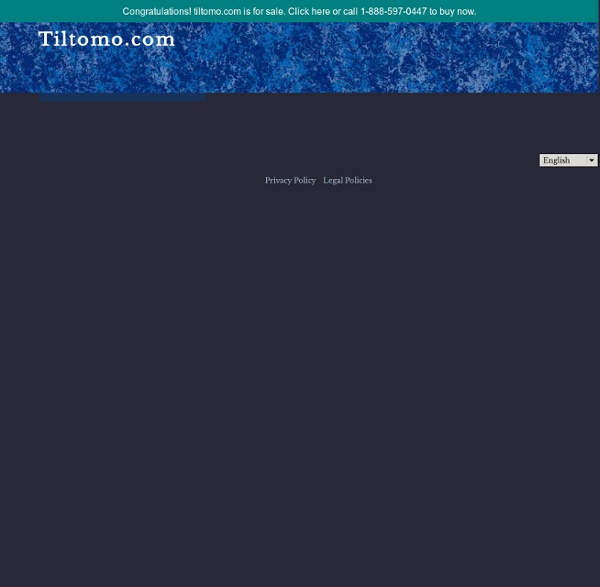



How to Search Images Online –Search Engine Journal Image search is evolving rapidly. Today the machine understands much more about images than just a year ago: it can read the text on the image, see its colors and classify it based on its form, shape and textures. So which advanced image search methods can we use today? Image search based on image content (face / landscape / photo / product image search) Face search has been a hot topic recently. Exalead has become known for integrating facial recognition technology but it still lacks some accuracy. Image search based on color Picitup allows to set color preferences (choose among 18 colors to set the search dominating palette);PicSearch and Snap.com recognize between colorful and black-and-white images.Etsy searches only inside its own product database but its color-based search engine is both fun and pleasure to play with. Image search based on similarity Recently launched Tineye.com (registration required) searches for similar images online.
Image Recognition and Visual Search CAGE AGAINST THE MACHINE imense® GazoPa similar image search imgSeek Similar Images graduates from Google Labs Today, we're happy to announce that Similar Images is graduating from Google Labs and becoming a permanent feature in Google Images. You can try it out by clicking on "Find similar images" below the most popular images in our search results. For example, if you search for jaguar, you can use the "Find similar images" link to find more pictures of the car or the animal. When we revamped Labs in April, we also launched Similar Images to highlight some of the innovative work our engineers have been working on. Google Labs gives us a way to get some of our new ideas in front of you early in the process, refine them based on your feedback and see what sticks. Your support has helped to make Similar Images the first major feature to graduate from Google Labs since its recent overhaul. So, let's say you want to find images of Ancient Egypt. Or illustrative maps of Ancient Egypt: Or ancient Egyptian-style drawings:
Image retrieval The first microcomputer-based image database retrieval system was developed at MIT, in the 1990s, by Banireddy Prasaad, Amar Gupta, Hoo-min Toong, and Stuart Madnick.[1] A 2008 survey article documented progresses after 2007.[2] Search methods[edit] Image search is a specialized data search used to find images. Image meta search - search of images based on associated metadata such as keywords, text, etc.Content-based image retrieval (CBIR) – the application of computer vision to the image retrieval. Data Scope[edit] It is crucial to understand the scope and nature of image data in order to determine the complexity of image search system design. Archives - usually contain large volumes of structured or semi-structured homogeneous data pertaining to specific topics.Domain-Specific Collection - this is a homogeneous collection providing access to controlled users with very specific objectives. Evaluations[edit] See also[edit] References[edit] Jump up ^ Prasad, B E; A Gupta, H-M Toong, S.E.
PixID Image Monitoring Service - Idée Inc. - The Visual Search Company PixID Editorial Image Tracking Identify editorial images in print publications. “Idée’s image monitoring service for print and web is an outstanding technological breakthrough.” - Michael Scotto, Director Photo Business, Agence France-Presse (AFP) Request a Demo Benefits of Image Tracking with PixID Automate your editorial billing process Recover license revenues from unaccounted image use Uncover unauthorized image use Accurately identify every image usage Track authorized and exclusive image use Verify image license compliance Introduce accountability to your distribution relationships Streamline royalty disbursements to your photographers Determine ROI and highlight opportunities for increased sales in new markets Back up content purchasing decisions with solid, market–relevant data PixID Image Monitoring Service A technological breaktrough in image identification and tracking for print publications. How PixID Image Monitoring Works Who should use PixID?
Lire | SemanticMetadata.net An Open Source Java Content Based Image Retrieval Library The LIRE (Lucene Image REtrieval) library provides a simple way to retrieve images and photos based on their color and texture characteristics. LIRE creates a Lucene index of image features for content based image retrieval (CBIR). Documentation and help are available Please drop me a line on the mailing list if you use LIRE in your project. If you like this work and you want to support the development of Lire, consider to donate to the project. Consulting & Services You plan to work with LIRE and you are stuck? Which ones are the right features for me? Please contact me for further information on consulting at . About the citation of Lire We kindly ask you to refer the following paper in any publication mentioning Lire: Lux Mathias, Savvas A. … or of course the book Visual Information Retrieval with Java and LIRE. Downloads Lire downloadsLireDemo (GUI application to try out)Lire nightly build – a fresh build each day from the SVN